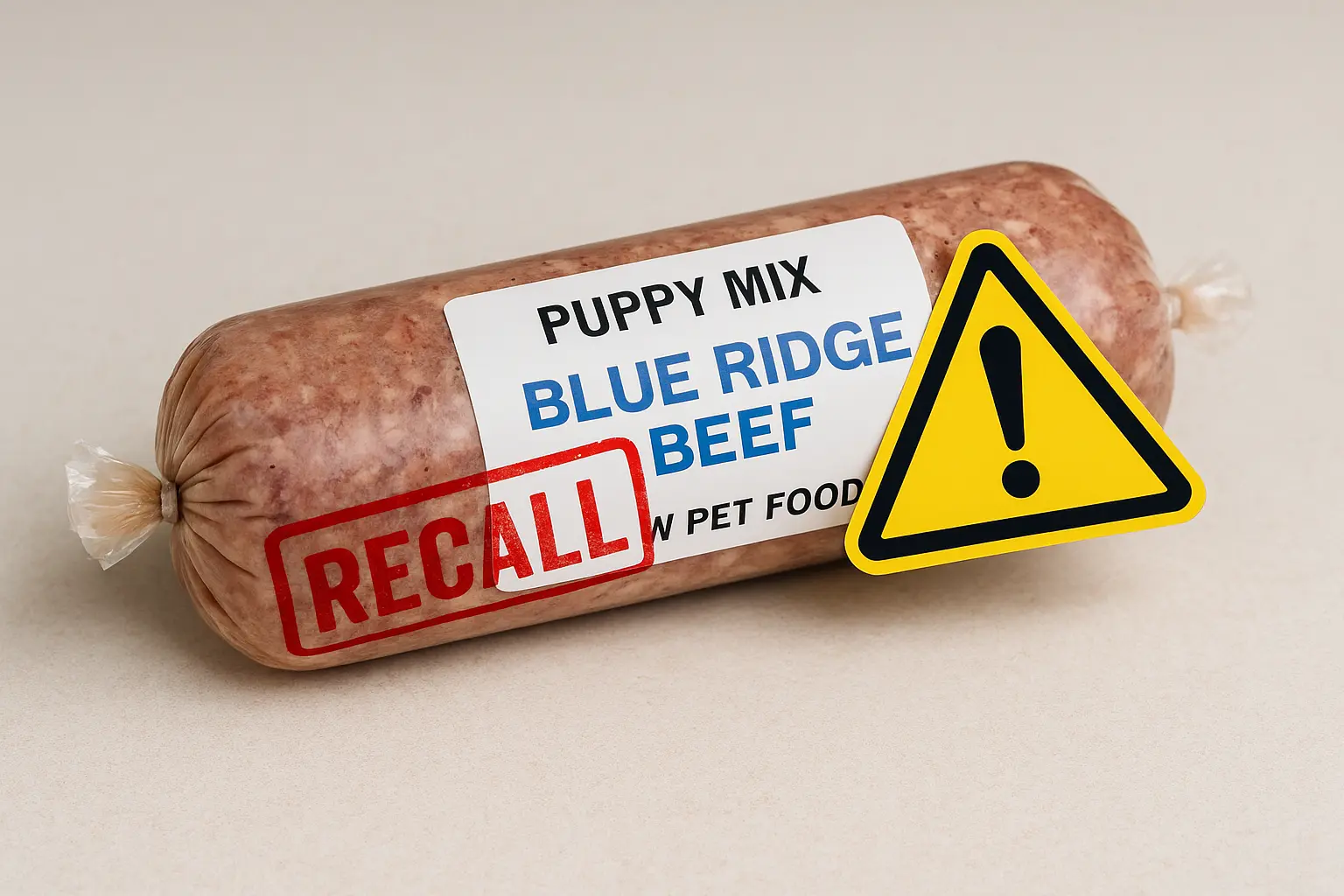Simparica Trio 2025 Update: Now Prevents Flea Tapeworms

Big news for parasite prevention: On April 14, 2025 the FDA approved a new label indication for Zoetis’ Simparica Trio®. The once-a-month chewable can now prevent flea tapeworm (Dipylidium caninum) infections by killing vector fleas before they spread the parasite—making Simparica Trio the only all-in-one product with this added layer of protection.
Why This Label Expansion Matters
Flea tapeworms may sound minor, but they can rob dogs of nutrients, trigger itching, and—rarely—infect children who accidentally ingest infected fleas. Until now, prevention relied on external flea control plus dewormers given after the fact. By blocking transmission at the flea stage, Simparica Trio removes an extra worry from the parasite puzzle.
Quick Refresher: What Is Simparica Trio?
Introduced in 2020, Simparica Trio combines three active ingredients—sarolaner, moxidectin, and pyrantel. Together they:
- Kill adult fleas within four hours and keep working a full month.
- Eliminate six common tick species, including deer ticks that transmit Lyme disease.
- Prevent heartworm disease and treat/control roundworms and hookworms.
The new FDA indication simply adds flea tapeworm prevention to an already broad label.
How Dogs Catch Flea Tapeworms
The tapeworm life cycle is sneaky: flea larvae ingest tapeworm eggs; those larvae mature into adult fleas; a dog then swallows an infected flea during grooming or play. Inside your dog’s intestine, the parasite grows—sometimes to 11 inches—and sheds egg-filled segments that look like rice grains around the tail. Cutting the chain at the flea stage is the surest prevention.
Safety & Side-Effect Snapshot
Simparica Trio’s most frequent adverse reactions remain mild and short-lived (vomiting or soft stool). Because it contains an isoxazoline (sarolaner), caution is advised for dogs with a seizure history. Puppies must be at least eight weeks old and 2.8 lb (1.3 kg) to start.
Transition Tips for Current Users
- No waiting period: If your dog already takes Simparica Trio, they’re automatically covered once the updated packs arrive at clinics.
- Check lot numbers: Packs manufactured after April 2025 display the tapeworm claim. Earlier stock is equally effective; the label simply hadn’t been updated yet.
- Keep records: Log each monthly dose in a phone calendar or pill-tracking app to avoid gaps.
Alternatives and Cost Comparison
If Simparica Trio isn’t a fit (due to seizures, weight minimums, or budget), ask your vet about pairing:
- A stand-alone flea/tick isoxazoline (e.g., Bravecto®) with a heartworm preventive.
- Monthly milbemycin oxime tablets plus topical flea control.
- Traditional dewormers every three months if tapeworm exposure risk is high.
However, combination products often cost less than juggling multiple prescriptions—especially once rebates are factored in.
Vet Q&A: Common Owner Concerns
“Can I give Simparica Trio with food?” Yes, it’s equally effective with or without a meal.
“What if my dog spits it out?” Re-dose within one hour (consult your vet for exact instructions).
“Is it safe for breeding females?” Data are limited; discuss alternatives if your dog is pregnant or lactating.
Bottom Line
The 2025 FDA approval cements Simparica Trio as the most comprehensive once-a-month parasiticide on the U.S. market—now blocking fleas, ticks, heartworms, common intestinal worms, and flea tapeworms in a single chew. Talk with your veterinarian about whether this label-expanded powerhouse is the simplest way to keep your dog parasite-free all year.








